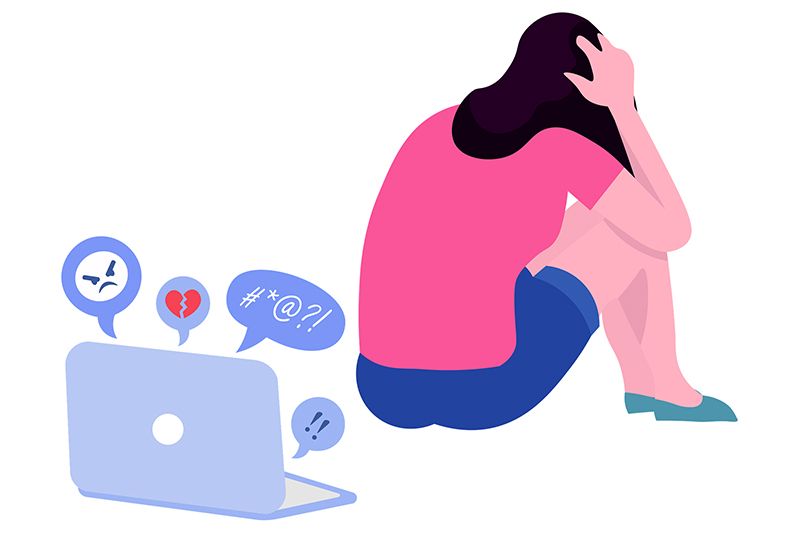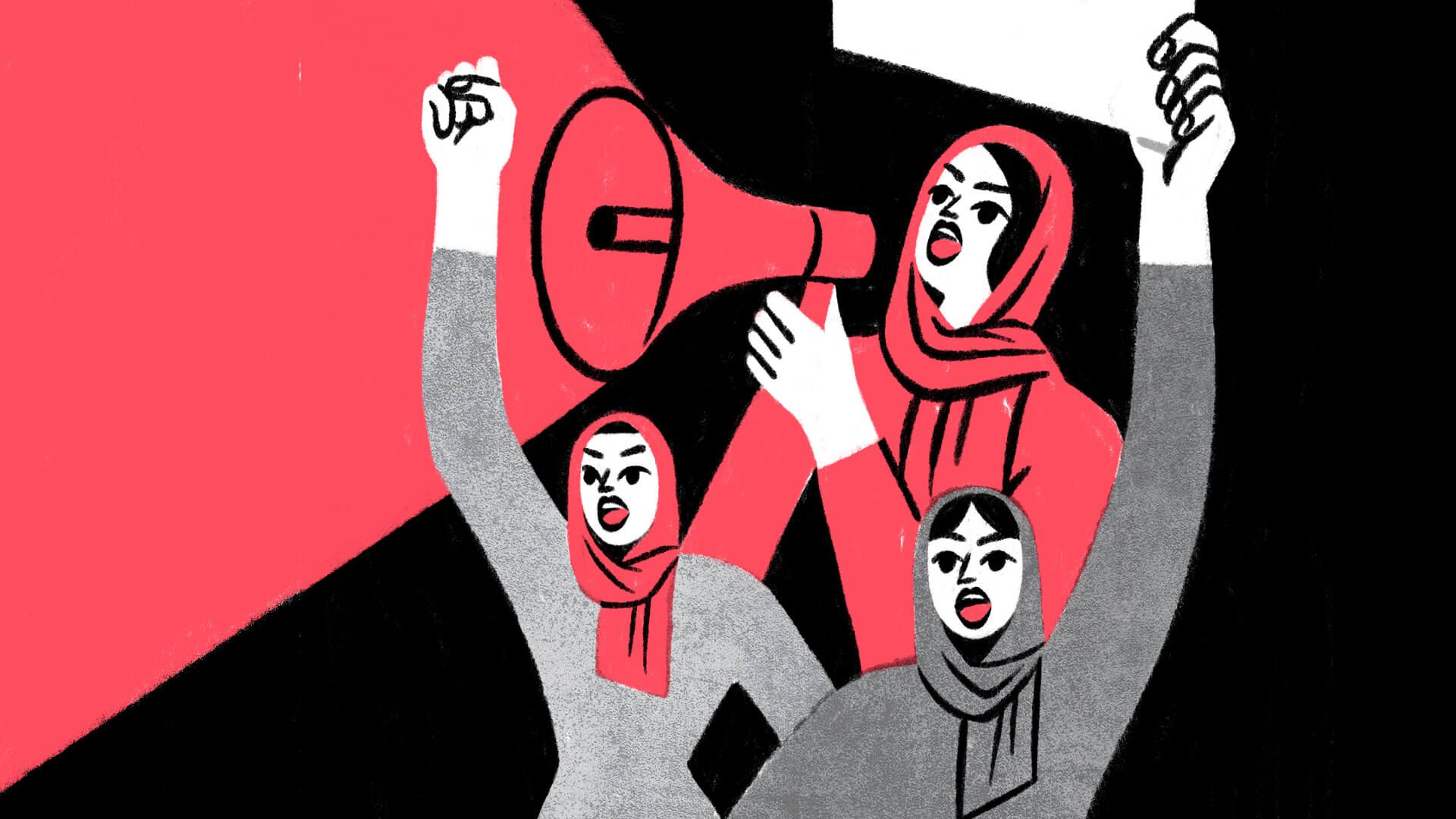Author : Shobha Tiwari, City Group of Colleges, Lucknow
To the Point
Cyberbullying and online harassment are rising threats in India’s digital era, affecting individuals—especially women, children, and marginalized communities.
It is a new way of bullying and harassment through the internet especially women’s and children’s are victims and it affects the psychology and emotional damage through technology.
The increasing reliance on digital communication has led to the rise of cyberbullying and online harassment as significant social and legal concerns in India. These offenses, often anonymous and far-reaching, can have severe emotional, psychological, and reputational consequences for victims. With the growing number of users on social media and messaging platforms, incidents such as cyberstalking, identity theft, abusive messages, and the non-consensual circulation of personal content have become more frequent.
This article delves into how Indian laws address these online harms, the challenges in enforcement, landmark judgments, and the urgent need for a robust legal framework.
Use of Legal Jargon
Terms like defamation, doxxing, hate speech , deep fake , trolling, cyberstalking, mens rea, strict liability, cognizable offence, non-bailable, and IPC (Indian Penal Code) are frequently used while discussing cybercrime. Also, the provisions of Information technology Act ,2000 and the provisions of Bhartiya Nyay Sanhita, 2023
The Proof
According to a 2018 survey by Norton, over 80% of Indian internet users have experienced some form of cyberbullying. With growing internet penetration and smartphone usage, the number of such incidents has surged. The National Crime Records Bureau (NCRB) reported 50,000+ cybercrime cases in 2023, with a significant portion involving online abuse and harassment.
Abstract
This article discusses the legal remedies and statutory provisions available under Indian law to tackle cyberbullying and online harassment. It also highlights judicial interpretations, recent amendments, and the practical challenges victims face. The need for dedicated cyberbullying legislation and improved digital literacy is emphasized as the way forward.
Although Indian law addresses aspects of such behavior under the Information Technology Act, 2000 and select provisions of the Indian Penal Code, the legal framework remains insufficiently equipped to deal with the evolving nature of digital abuse.
Through statistical data, case law analysis, and legislative insights, this article argues for the necessity of a more comprehensive and victim-centric legal approach. It advocates for the introduction of specific anti-cyberbullying laws, faster grievance redressal systems, accountability of digital intermediaries, and greater awareness initiatives to educate users about their rights and remedies.
Case Laws
1. Shreya Singhal v. Union of India (2015) – The Supreme Court struck down Section 66A of the IT Act, which was misused to arrest individuals for online expression. While this protected free speech, it left a gap in controlling online abuse.
2. K.S. Puttaswamy v. Union of India (2017) – In this case court held that Right to privacy is also a fundamental Right under Article 21 of the Indian constitution.This has implications in cyberstalking and doxxing cases.
3. Manik Taneja v. State of Karnataka (2015) – Addressed the misuse of police authority when a couple criticized traffic police on Facebook. It reinforced that criticism on social media is not necessarily criminal.
4. Aukosh Jagdish v. State of Haryana (2022) In this case online harrasment through impersonation and explicit content are targeting women . Which comes under section 74 (otraging modesty) under B.N.S., section 78 (Stalking)of B.N.S and Section 66E of IT Act.
Relevant Legal Provisions
Information Technology Act, 2000:
Section 66C – Identity theft
Section 66D – Cheating by impersonation
Section 66E – Violation of privacy
Section 67, 67A, 67B – Publishing or transmitting obscene material, particularly concerning children
Section 69A – Power to block public access to information for national security
Indian Penal Code, 1860:
Section 354D – Cyberstalking
Section 507 – Criminal intimidation via anonymous communication
Section 499 & 500 – Defamation
Section 509 – Words, gestures intended to insult a woman’s modesty
Challenges in Implementation
Jurisdictional issues: Offenders may reside in different states or countries.
Anonymity of Perpetrators: Use of fake accounts and VPNs.
Under-reporting: Social stigma and fear of retaliation, especially among women.
Also there is limited digital literacy rate in India and victims are unaware of the legal remedies.
Delayed response from intermediaries (social media platforms).
Conclusion
Cyberbullying and online harassment have become pressing threats in the digital landscape of India. While the internet has empowered communication and expression, it has also opened doors to misuse, often with devastating consequences for victims. Although the existing legal framework, including the Information Technology Act and provisions of the Indian Penal Code, offers certain protections, it remains fragmented and reactive rather than preventive. The lack of dedicated laws, delayed enforcement, and limited public awareness further complicate access to justice.
To effectively combat these issues, India must adopt a multi-pronged approach—strengthening laws with clear definitions of cyber offenses, improving the responsiveness of cybercrime cells, ensuring digital platforms enforce accountability, and fostering digital literacy among users. Above all, victims must be empowered with both legal support and social awareness so that no one suffers in silence. As online spaces continue to grow, ensuring they remain safe and respectful must become a legal and societal priority.
FAQS
Q1: Is cyberbullying a punishable offence in India?
Yes, various sections of the IPC and IT Act can be invoked depending on the nature of the offence.
Q2: Where can I report online harassment?
You can report it to the Cyber Crime Portal (www.cybercrime.gov.in) or your nearest Cyber Crime Police Station.
Q3: Can minors be punished for cyberbullying?
Yes, but under Juvenile Justice Act, 2015, with different procedures than for adults.
Q4: What steps should I take as a victim?
Take screenshots
Save evidence (messages, links, IDs)
File an FIR or report on the cybercrime portal
Q5: Are social media platforms liable for cyberbullying?
Under Intermediary Guidelines (2021), platforms must remove unlawful content upon notice, failing which they lose their safe harbour protection under Section 79 of the IT Act.




